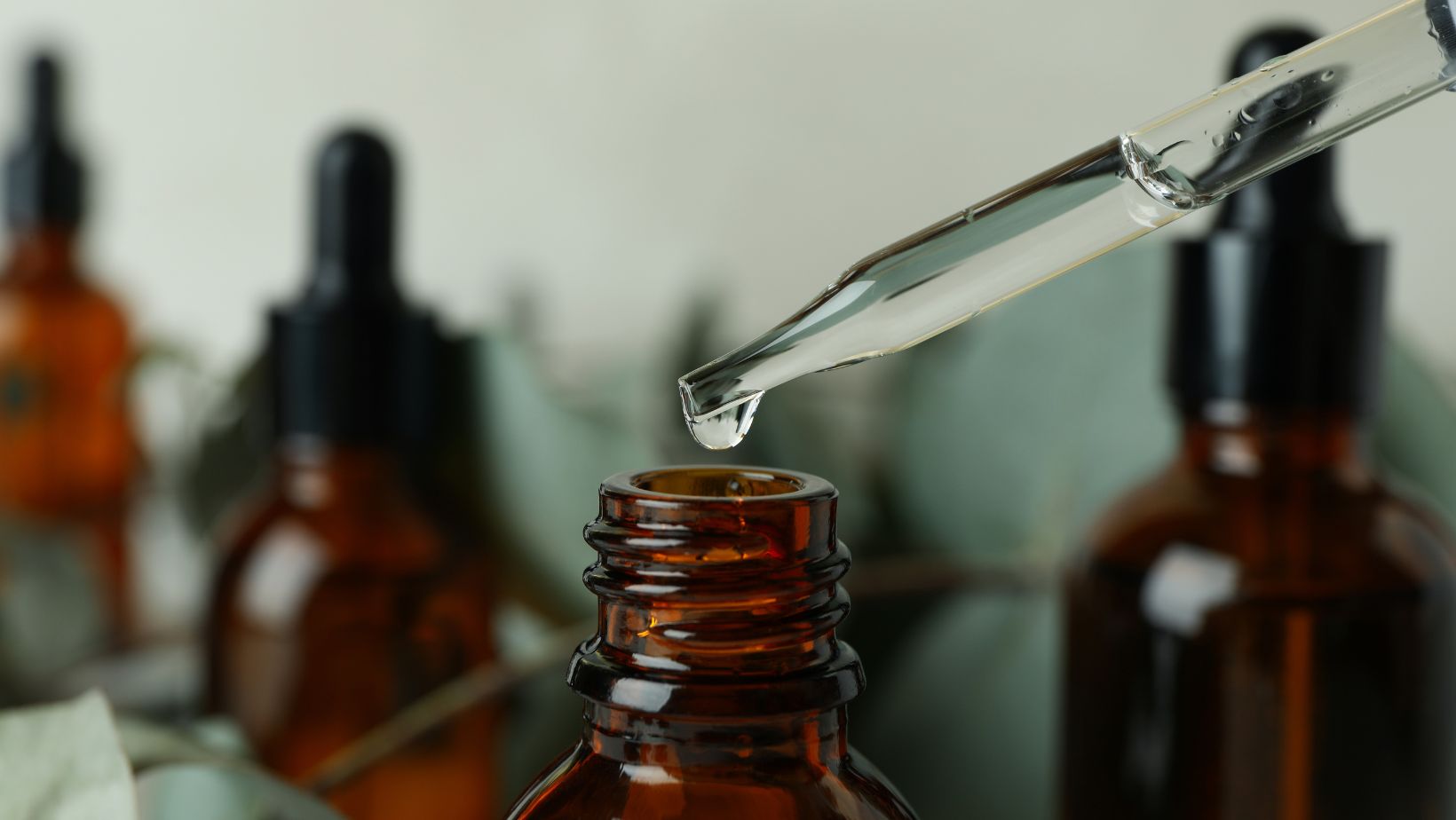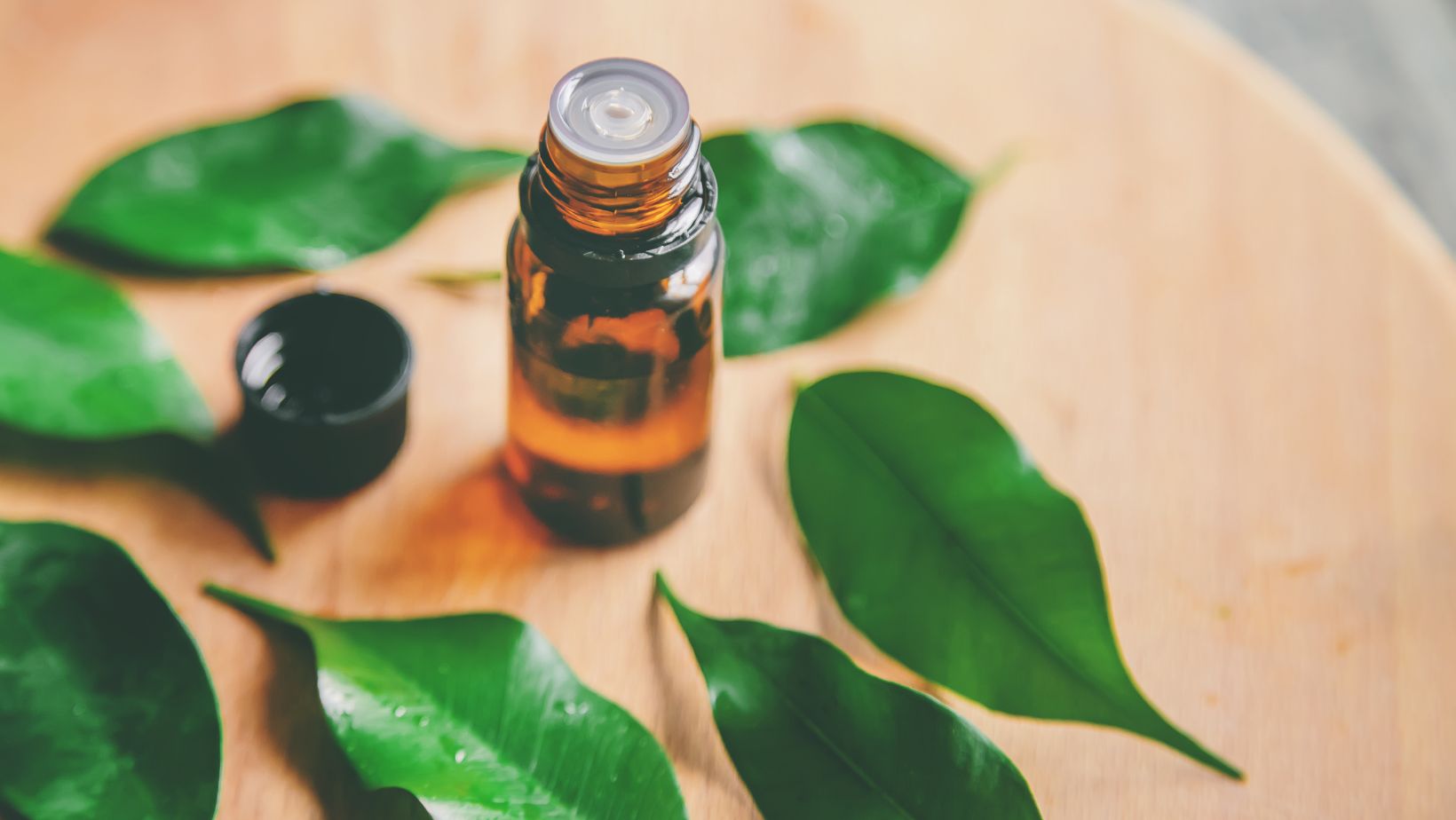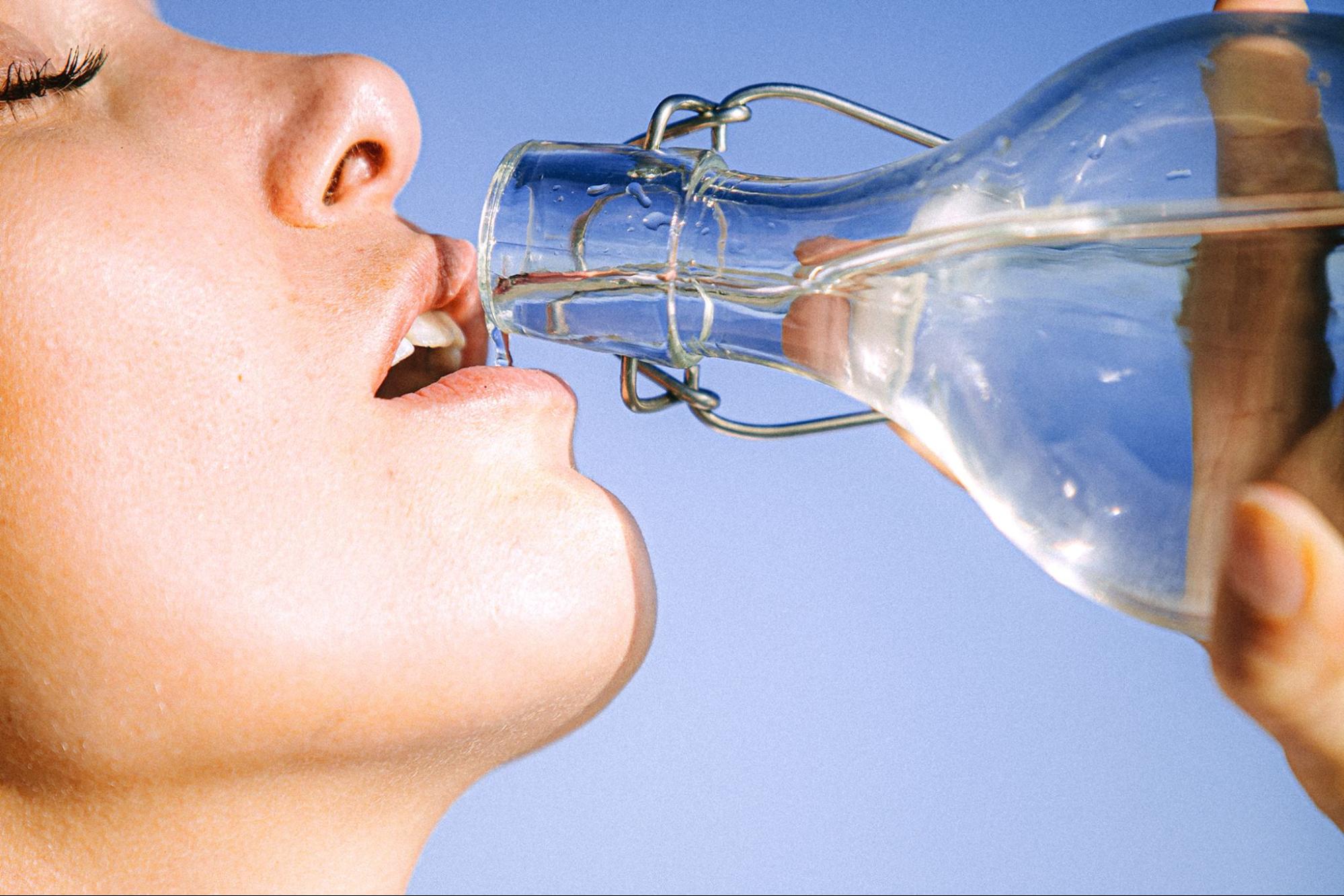Find Out The Surprising Answer: How Many Drops Are in a ML of Essential Oil

Have you ever wondered how many drops are in a milliliter (ml) of essential oil? As an expert in the field, I’m here to shed some light on this common query. The exact number of drops in a ml can vary depending on factors such as viscosity and dropper size, but as a general guideline, it is commonly accepted that there are approximately 20 drops in 1 ml of essential oil.
It’s important to note that this estimation is not an absolute measurement. Different oils may have varying densities and viscosities, which can affect the size and number of drops produced by a dropper or pipette. Additionally, the size of the dropper itself can impact the number of drops dispensed per ml.
How Many Drops Are In A Ml Of Essential Oil
How to Measure Essential Oils Accurately
When it comes to measuring essential oils, accuracy is key. Whether you’re a seasoned aromatherapist or just starting out on your essential oil journey, knowing how to measure these potent oils correctly will ensure the desired results in your blends and formulations.
To measure essential oils accurately, follow these steps:
- Use a dropper or pipette: Most essential oils come with a built-in dropper or can be easily dispensed using a separate pipette. These tools allow for precise measurement and control over the number of drops added.
- Count the drops: Slowly release each drop into your container or recipe while counting them. Take your time and avoid rushing this process as it can affect the accuracy of your measurements.
- Be consistent: It’s important to maintain consistency when measuring essential oils. Try to use the same dropper or pipette for each oil you work with, as different tools may have slight variations in drop size.
Understanding the Conversion Rate of Drops to Milliliters
Now let’s dive into understanding the conversion rate between drops and milliliters (ml) of essential oil. While there isn’t an exact standard due to variations in viscosity and surface tension, a general guideline is often used:
- On average, there are approximately 20 drops per ml of most essential oils.
- However, thicker oils like vetiver or patchouli may have fewer drops per ml, while lighter ones such as citrus oils may have more drops per ml.
Keep in mind that this is an estimation and individual brands or specific bottles may differ slightly. It’s always best to consult product labels or contact manufacturers for more accurate information regarding their specific products.

Calculating Drops Per Milliliter
When it comes to essential oils, understanding the number of drops in a milliliter is crucial for accurate measurements. Whether you’re blending your own oils or following a specific recipe, knowing how many drops are in a milliliter can help you achieve the desired potency and consistency. Let’s dive into the process of calculating drops per milliliter.
- Understanding Conversion Factors:
To begin with, it’s important to know that the number of drops in a milliliter can vary depending on several factors such as viscosity, temperature, and dropper size. While there isn’t a universally fixed conversion rate, there are some general guidelines that can be helpful:
- On average, 20 drops are considered to be approximately equal to 1 milliliter.
- However, this ratio may vary slightly based on the thickness or thinness of the oil.
- Conducting Your Own Experiment:
If you want to determine the precise number of drops in a milliliter for a specific essential oil brand or blend you’re using, conducting your own experiment is recommended. Here’s a simple method you can follow:
- Start by using an empty dropper bottle with known volume markings (e.g., 10 ml).
- Place the empty dropper bottle on top of a clean paper towel or surface.
- Slowly count and add individual drops from another dropper until you reach 1 ml mark on the bottle.
- Make note of how many drops it took to fill up 1 ml and repeat this process multiple times for accuracy.
- Take an average of these trials to get a more reliable estimate.
- Using Online Resources:
In addition to conducting your own experiment, there are online resources available that provide approximate conversion rates for different brands or types of essential oils. These resources often compile data from user experiences and can give you a starting point if you don’t have time for personal experimentation.
In conclusion, calculating the number of drops in a milliliter of essential oil requires considering various factors. While there isn’t a fixed universal ratio, an average estimate is around 20 drops per milliliter. Conducting your own experiment and utilizing online resources specific to your oils




